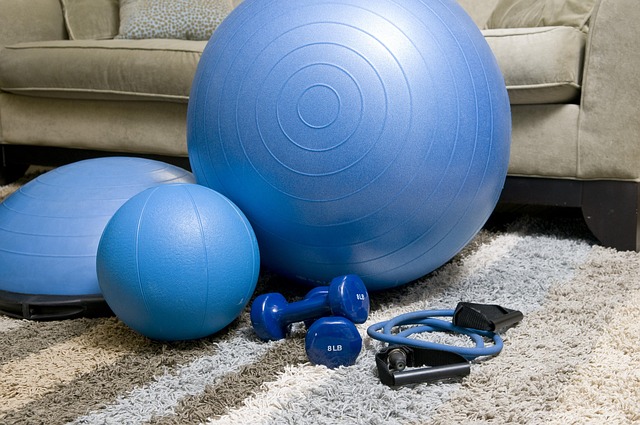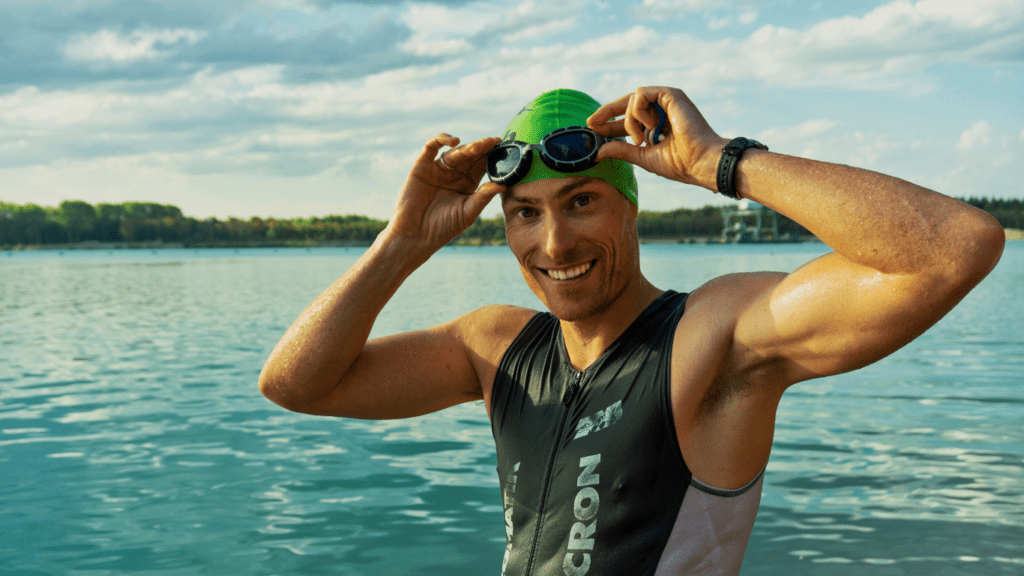Why Swimmers Should Train with Resistance Bands
Resistance bands are about as close to a no brainer as it gets. They’re dirt cheap compared to most gym gear, pack into any backpack, and can be set up just about anywhere. For swimmers, that combo is gold.
More important than the price tag: they get results. Bands hit all the muscle groups that actually matter in the water shoulders, lats, and core without hammering the joints. Used right, they mimic key swim phases like the catch, pull, and kick, giving you dryland reps that actually transfer to the pool.
They’re also versatile. Warm up tool? Check. Strength builder? Absolutely. Injury prevention? Big time. Whether you’re prepping for a session, rehabbing a tweak, or trying to build power without bulking up, bands can be adjusted for the job. No fluff just solid, swim specific work.
Choosing the Right Resistance Bands
Not all bands are built the same, and choosing the right type can make or break your dryland training.
Start with the basics: loop bands vs. tube bands with handles. Loop bands are seamless circles great for lower body and core work, plus shoulder activation. Tube bands come with plastic handles and are go to tools for upper body pulling motions and full body moves like squat to press. Ideally, you’ll want both in your gear bag.
Tension matters. Use light bands when nailing form or drilling technique like shoulder rotations or warm ups. Save the heavier bands for strength building sets. Think of them like adjustable weights that fit in your backpack.
Materials are another deal breaker. Look for bands made from natural latex or high grade synthetic blends. They should stretch smoothly without feeling brittle, and snap back with some give not like a slingshot. Durability means safer sessions and fewer mid workout equipment fails.
One last thing: invest in proper anchoring gear. Door anchors, heavy duty wall mounts, or fence straps keep your setup safe and stable. A loose anchor isn’t just annoying it’s a recipe for injury. Don’t risk it.
Must Try Resistance Band Exercises for Swimmers
Dryland Lat Pull Downs
This one’s a staple. Anchor the band overhead, grip at shoulder width, and mimic the pull through phase of your swim stroke elbows down and in, lats firing hard. Great for building awareness of the catch and getting your arms used to high effort pulling on land.
External Shoulder Rotations
Your shoulders handle a ton during swim practice. Keep them intact. Attach the band at elbow height and rotate your arm outward, keeping your elbow pinned to your side. Best done light and controlled think prehab, not max strength.
Band Rows
Swimmers don’t just need strong arms they need a backed up engine. Band rows help build rhomboid and rear delt strength for better posture and a more powerful finish on every stroke. Stay tall, pull towards your ribs, then return slow.
Squat to Press
This hits it all: hips, shoulders, core. Step on the band, hold the handles at shoulder level, drop into a squat, then explode up into a press. It trains coordination and full body drive exactly what you need off the blocks and through the water.
Flutter Kick Band Holds
Wrap the band around your feet and hold tension while in a plank. Then flutter kick small and fast. It hammers the hip flexors and lower abs, just like when you’re setting pace out of the wall.
These moves aren’t flashy, but they deliver. Do them right and they’ll carry over straight to the pool.
How to Program Band Workouts

Not all band workouts are created equal. To get real transfer to the pool, you need to dial in sets, reps, and tempo based on your swim goals.
If you’re building strength (think explosive off the blocks or powering through turns), go heavier on resistance with 3 4 sets of 6 10 slow, controlled reps. Focus on a 2 1 2 tempo: two seconds to pull, one second hold, two seconds back. More tension, less speed.
For muscular endurance ideal for longer races or consistent lap pacing light to medium resistance does the trick. Stay in the 12 20 rep range for 3 5 sets using a steady tempo (1 0 1). You want fatigue by the end, but don’t sacrifice form.
Now, where does this fit in your training week? Drop your hardest band sessions on dryland focused days or light swim days. On intense swim days, keep it light and technical think pre pool activation or post swim rehab work.
And don’t just stack band work on top of everything else. Integrate it. Swap a gym set for a band circuit when traveling. Pair a swim specific band movement with a weight room lift (like lat pulldowns + dryland band catch pulls). For more ideas, check out this deeper dive into strength training routines for swimmers.
Bottom line: program with intent, not impulse. Consistency and purpose are what turn band workouts from filler into performance gold.
Coach Backed Tips for Real Results
When you’re using resistance bands, sloppy form cancels out the benefits. First rule: control the eccentric phase. That’s the part where the band lengthens don’t let it yank you back. Fighting that pull builds real strength and mimicry of water resistance. Letting it snap back? That’s wasted effort and a fast track to injury.
Second, if you’re a swimmer, think like a swimmer. Stick to movement patterns that resemble what you do in the pool. That means rotations, pulls, presses all in line with your stroke mechanics. Don’t get sidetracked with generic band workouts designed for land based athletes. Dial it in to what matters.
Lastly, track your dryland progress the same way you would a swim set. Log reps, resistance level, and note how each session feels. It’s not just about doing the work it’s about knowing if the work is working. Add a little structure, and the gains will show up in the water.
Bonus: Pre Pool Warm Up Routine
Before you hit the water, grab your resistance band and carve out 5 10 minutes for a focused warm up. Dynamic movements like banded arm swings, shoulder rotations, and standing lat pull downs wake up key swim muscles think shoulders, lats, core without draining energy. This isn’t about burning out before the main set. It’s about priming the body.
By activating targeted muscle groups, you reduce the shock of the first few laps and prevent early fatigue. Even more valuable? You’re lowering the risk of long term overuse injuries that sneak in when cold muscles jump straight into hard effort.
It’s also a mental switch. That band work builds a sharper mind muscle connection. You’ll feel more in control of your stroke mechanics from the first lap to the last.
Looking for a deeper dive into swim strength work? Check out these strength training tips to level up your dryland program.


 is a seasoned fitness expert with a special focus on swimming and holistic health strategies. With years of experience as a competitive swimmer and fitness coach, Patricia offers readers a wealth of knowledge on optimizing performance and maintaining a balanced lifestyle. Her writing on Swim Fast Stay Fit reflects her commitment to empowering others with practical advice and motivational insights. Patricia’s approach integrates advanced training techniques with accessible wellness tips, aiming to help individuals achieve their personal fitness goals and enhance their overall quality of life. Through her engaging articles, Patricia inspires readers to embrace a comprehensive approach to health, combining effective exercise routines with mindful nutrition and self-care practices.
is a seasoned fitness expert with a special focus on swimming and holistic health strategies. With years of experience as a competitive swimmer and fitness coach, Patricia offers readers a wealth of knowledge on optimizing performance and maintaining a balanced lifestyle. Her writing on Swim Fast Stay Fit reflects her commitment to empowering others with practical advice and motivational insights. Patricia’s approach integrates advanced training techniques with accessible wellness tips, aiming to help individuals achieve their personal fitness goals and enhance their overall quality of life. Through her engaging articles, Patricia inspires readers to embrace a comprehensive approach to health, combining effective exercise routines with mindful nutrition and self-care practices.
